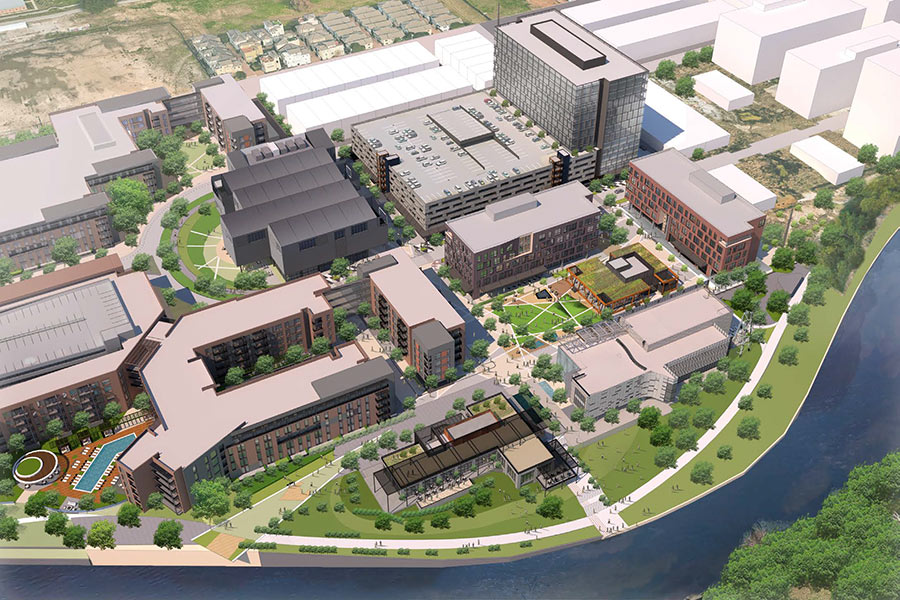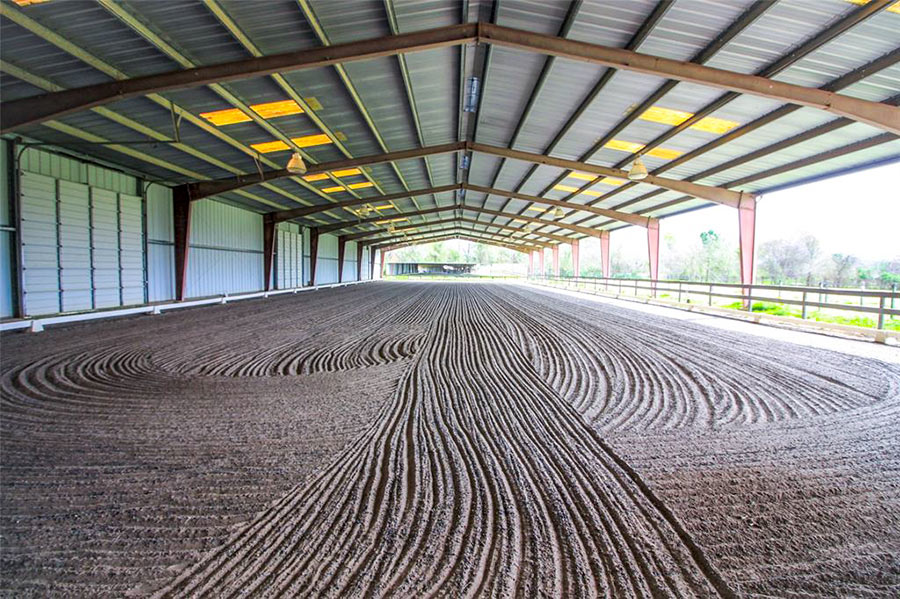LITTLE GRAND PARKWAY ON THE PRAIRIE NOT SO SHOVEL-READY AFTER ALL Those pesky federal regulators, ruining all the fun: It’s now looking like the 15-mile-long Upper Katy Prairie paving project known as the Grand Parkway Segment E won’t be getting the bucket of cash Harris County Commissioners Court wanted. County officials will instead request that the $181 million in federal stimulus funds earlier allocated to the way-out-northwest loop road be distributed to other projects: “The recommendation to withdraw the project from the Texas Department of Transportation’s list of stimulus projects was made by Art Storey, who heads Harris County’s Public Infrastructure Department. Storey declined to comment on his recommendation until it is considered at Harris County Commissioner Court’s meeting next Tuesday. ‘Staff and consultants have worked diligently and successfully to be on schedule to meet the deadlines to enable Segment E construction to qualify for and receive the stimulus funding, but the federal permit from the U.S. Army Corps of Engineers cannot be completely processed by the required mid-February date,’ Storey said in a letter to the court. ‘In fact, because of conflicts over environmental impacts and mitigation, that permit might never be issued.’” [Houston Chronicle; previously on Swamplot]




I’d would have never thought that Grand Pkwy. WOULDN’T be completed. ‘If you dream it, they will come’ and all that…
But maybe! perhaps! people are finally realizing that Texas’ water flows NW-to-SE, and, that PAVING KATY = FLOODING HOUSTON faster than ever.
You mean we can’t pave any wildlife area we want?
Actually the protection of grasslands is the next big push in the protection of migratory species. Forest-based migratory birds have seen a slight resurgence based on the lessoning of agricultural use of forest lands. Grasslands, on the other hand, have seen a greater use of land for suburbs; and therefore, the habitats of birds are harmed. I am an NPR nerd and totally ripped it off from there, so here is today’s piece: http://www.sciencefriday.com/
movocelot, the flood control argument doesn’t really hold much water…so to speak. Civil engineering specifications are far more stringent than used to be the case, requiring significant on-site water detention and also downstream mitigation.
.
This is especially evident in the City of Pearland, where older areas are flood-prone whereas the development of newer subdivisions actually remove land from the flood plain as they’re built.
.
Runoff from the Katy Prairie also poses less of a downstream risk because most of it is impounded at the Addicks Reservoir; the rest either feeds to the Barker Reservoir or into the Cypress Creek watershed, bypassing Houston to the north.
I recently drove out on the proposed Segment E route. It’s all farms and prairie. I visited the Katy Prairie Conservancy and saw all kinds of wildlife — beavers, half a dozen kinds of caterpillars, tricolor herons. We still have wild areas in Harris County.
This story demonstrates that the Army Core of Engineers has come a long way since its days of turning all our bayous into concrete channels.
I don’t know how many of you worked with the Corps on their permitting process, but they have been known to completely wreck project schedules even if there are no environmental issues.
The halting of the project may just be because the Corps is still waiting on comments from state agencies that assist it in reviews.
A co-worker of mine has one outstanding project that is now 3 years off its original schedule because the Corps and State Agencies the Corps counts on for specific reviews take their good ole time. The lengthy review is also problematic because often a different reviewer looks at updated submissions and don’t have a complete project history to properly review. They end up commenting on already settled issues.
The reality is that the project (being a county project) has taken more care in environmental concerns than a private developer since they are required to do so when tax payer money is involved. Archaeological and other environmental assessments are required in the early stages prior to any real design occurs.
As for flooding concerns, this project is proposing massive amounts of detention. Since the project will contain little or no feeder roads, the areas where theses would generally occupy will have long detention facilities. They will also be heavily planted. Harris County Flood Control District will not let it’s neighboring Engineering Department at the County build without the proper flood control requirements.
My previous experience in other county projects is that HCFCD won’t budge on their rules and will have no problem preventing a Harris County project from moving forward.
Personally, I don’t know how the County Engineering department ever thought that this would work for stimulus money if they did not have the Corp permits in hand. Anytime you put together a schedule you have to anticipate Corp permits taking 6 months to a year, and on a project this size where you know the environmental groups will be watching for the permits, I’d imagine the permits would take 3 years or more.
MikeH,
I think you hit the nail on the head. It may also have been a consulting civil/environmental engineering company that convince the county they could push the permit through faster. Big mistake!!!!
Anything beyond the simple Nationwide Permit takes a long time. When giving consulting advice to a client about dealing with the Corp permit process, I start off saying “that is takes at least a year if everything works out perfect, but no project has ever come across my desk that could sale through without comments.”
I’ve know environmental engineers who try every time to make a near perfect submission that will anticipate any possible comment, but alas there is always a comment.
If this was a completely TxDOT based project, it would take about 5 years to meet all the other federal requirements to pass environmental tests. Add another 5 years until construction and get funding. The county is trying to speed up the project by going through HCTRA which means no federal review. The Corps is involved because of its jurisdictional waters that get crossed. The process should still take less time, but a year was not possible especially with a group of vocal opponents.